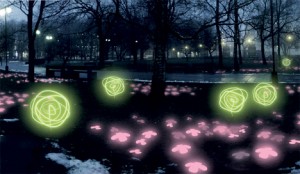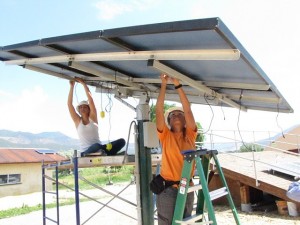
 By Chisaki Watanabe and Sachiko Sakamaki - Japan’s lower house of
By Chisaki Watanabe and Sachiko Sakamaki - Japan’s lower house of  parliament is set to pass legislation to subsidize renewable energy amid a push to reduce dependence on nuclear power, paving the way for Prime Minister Naoto Kan to quit as early as next week. The bill requires utilities to buy electricity generated by geothermal, solar and wind sources at above-market rates in order to stimulate investment in renewable energy, which accounts for 9 percent of Japan’s power supply. Kan last month called for phasing out atomic power after the March earthquake and tsunami caused the worst nuclear disaster in 25 years.
parliament is set to pass legislation to subsidize renewable energy amid a push to reduce dependence on nuclear power, paving the way for Prime Minister Naoto Kan to quit as early as next week. The bill requires utilities to buy electricity generated by geothermal, solar and wind sources at above-market rates in order to stimulate investment in renewable energy, which accounts for 9 percent of Japan’s power supply. Kan last month called for phasing out atomic power after the March earthquake and tsunami caused the worst nuclear disaster in 25 years.
Passage of the bill marks the last of three legislative goals Kan set down before fulfilling a pledge to resign. His popularity has dropped over his handling of the quake and the crippling of Tokyo Electric Power Co.’s Fukushima atomic power plant. An opposition politician yesterday said the lower house vote, originally scheduled for today, may be delayed. Introducing the subsidies, known as feed-in tariffs, may help companies like Mitsubishi Heavy Industries Ltd., which makes wind turbines and develops geothermal plants, and solar panels makers Panasonic Corp. and Sharp Corp. Japan aims to increase the size of the renewable energy market to 10 trillion yen ($130 billion) by 2020, from about 1 trillion yen in 2009, the Ministry of Economy, Trade and Industry said














